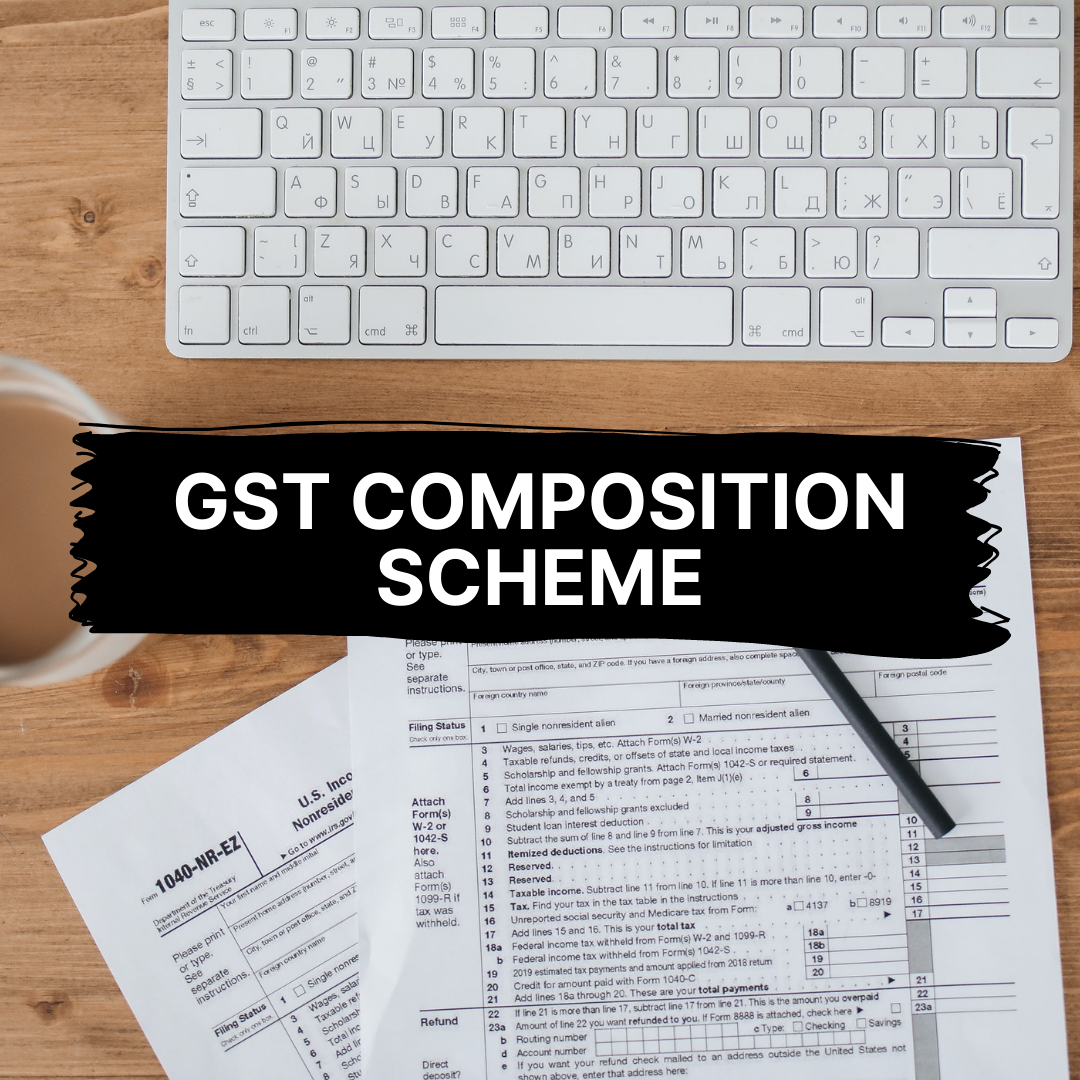Real estate is one of the greatest revenue-generating markets in the country. Not just it generates great revenue; it contributes 6-8% of the GDP of India. In the years 2015-2016, real estate witnessed a jump of 22%. People invested more in real estate in comparison to other forms of investments.

Like any other industry, taxes have been applicable to real estate as well for a very long time. Earlier these taxes were VAT and other indirect taxes. With the introduction of GST, the taxation process of the real estate industry has taken a turn. If you are just entering the industry, or you wish to learn about how taxation works for real estate, we have got you. This article will give you the needed insight into the entire process.
Points covered in this article -
- Tax for real estate before GST
- Tax for real estate after GST
- Impact on people buying real estate
- Impact on Developers, Contractors, Builders
- Impact on stakeholders
- Conclusion
Tax for real estate before GST
The shift from other taxes to GST has shaken the tax amount to change. Here is a list of taxes and charges that were applicable on real estate selling and buying before GST was introduced.
All these taxes were applicable on properties sold that were under construction
VAT – Between 1% and 4% depending on the size and the price of real estate
Service Tax – 4.5% over the price
Registration Charges – 0.5% to 1% of the price of the real estate
Stamp Charges – Between 5% and 7%.
These were the charges that were applicable as tax previously. VAT, Stamp Charges, Registration Charges, varied from one state to another as the state government was the one to decide the amount of these taxes. VAT was only applied on real estate that was sold while the project was under construction.
Soon the government decided to revamp the taxation system of the country and GST was introduced. Let’s have a look at how GST works for real estate. This tax applies to both developers and buyers based on relevancy.
Tax for real estate after GST
As per GST, here is a list of applicable taxes and the rate of taxes to be paid on real estate.
Tax not applicable
- Completely built ready-to-move-in real estate properties that have been issued with completion certificate – As per SCHEDULE III of CGST Act, 2017, ready-to-move-in properties are not counted as raw materials or services. For the same reason, GST is not applied on ready-to-move-in properties.
- Resale and already existing properties – Again, resale properties are not counted under goods or services, thus GST does not apply to the resale of real estate.
- On purchase or sale of land – As stated in SCHEDULE III of CGST Act, 2017, the sale or purchase of land is not counted under goods or services.
8% Tax Applicable
- Under construction properties bought or sold under subsidy scheme – Under Schedule, I of CGST Act, 2017, under-construction properties are counted as undersupply of services.
12% Tax Applicable
- Under construct properties other than mentioned above – As per Schedule I of CGST Act, 2017, under construction property is counted undersupply of services.
- Contract of composite supply of works – Contract by the government – Applicable for Tax under GST guidelines.
- Contract of composite supply of works – For common people - Applicable for Tax under GST guidelines
- Contract of composite supply of works – For affordable housing - Applicable for Tax under GST guidelines
18% Tax Applicable
- Working contract – Under GST guidelines, 18% tax is applicable here.
- Contract of composite supply – Under GST guidelines, 18% tax is applicable here.
The variation of taxes under GST is vivid. With the information mentioned above, you can clearly understand the amount of tax that is applicable to your purchase or sale of real estate.
Impact on people buying real estate
The new GST taxation scheme is more profitable and facilitating the buyer than the developers. With the older taxation scheme on real estate, the buyer had to pay multiple taxes. These taxes included service tax, exercise tax, VAT, stamp charges, and a few more over the price they had to pay for the under construction property itself. The rate of taxes earlier varied from one state to another, as the state controlled the taxes on real estate. With GST, the taxes have become uniform and regulated.
GST is a tax that is only applicable to goods and services. A completed project as per GST guidelines is not applicable for taxes. This means, with the absence of GST on a completed project, the price of property becomes less. This is a great deal for the buyers.
On under constructed projects government applies 12% of GST at a uniform rate throughout the country.
Impact on Developers, Contractors, Builders
The Taxation scheme before GST applied a lot of taxes. These taxes were directly paid by the developers more. Thus the entire process was less beneficial for the developers in comparison to the buyers.
Under the previous taxation scheme, the developers had to pay VAT, service charges, labor cost, architectural fee, etc. The developers would then charge the amount included in the price of the property.
With GST the developers receive input tax credits. They also do not have to pay multiple different taxes. This brings down the tax payments. With GST the logistic cost has gone down too. This means, the cost of the property remains the same but the developer's cost has gone down, directly increasing the range of the margin to be earned.
Impact on Stakeholders
There are multiple factors that are affected by the increase and decrease in the GST rates. The labor, the service providers, the material suppliers, and a lot more works with tax incurred in the cost. This impacts the industry of real estate as a whole. As the tax rate of a particular goes up or down, it forces the prices of the entire industry to change. The tax percentage on cement with the previous tax scheme was between 27 and 31 percent. With GST the taxation cost has come down to 18%. This has caused an increase in the prices of cement and a reduction in the margin price on the sale of a property.
How can Deskera Help You?
Deskera Books is a one-stop accounting software you need for your accounting process to run smoothly, from journal entries to inventory and invoices to customers and suppliers.
Donning a Business Owner’s hat is not an easy job! If you, too, are someone who needs clarification about the various aspects concerning the GST, then Deskera Books is the place you need. Let Deskera guide you step by step towards achieving the exact information you always wanted to get through. Take a look at how easy it is to use the accounting software!
With Deskera, you can obtain information pertaining to the GST forms like GSTR 1, GSTR 2A and GSTR 2B, and many more including GSTR9 and GSTR 9C.
If you wish to get a better grip over Deskera’s offerings in terms of GST information, then this is one guiding video you wouldn’t want to miss!
Conclusion
The introduction and application of GST as the new taxation system in the real estate industry has created an impact on the industry in both negative and positive aspects. GST has cut down the inconvenience of paying multiple taxes and confusion with multiple channels of taxes. GST made a lot of things clear but still needs work on certain more aspects.
GST is controlled by the central government and thus the taxes to be paid are uniform throughout the country.
To drive a conclusion we can say as a developer you were being benefited better from the old taxation schemes, however, it was not so beneficial for the buyers. In the new GST taxation scheme, the developers are the ones under pressure. They are also suffering from less margins under the GST scheme. However, the GST scheme has proved to be beneficial for the buyers to a great extend.
Key Notes
- GST scheme regulates to make the tax amount to be paid exactly the same in all the states.
- GST cuts of various taxes like VAT, stamp charges, registration charges, etc, and make the taxation process easier.
- GST does not apply to ready-to-move-in properties, or reselling properties.
- GST is only applicable on under construction properties.
- Buyers can enjoy credits under GST to an extent.
- GST is profitable for buyers more than it is for the developers.
Related Articles









